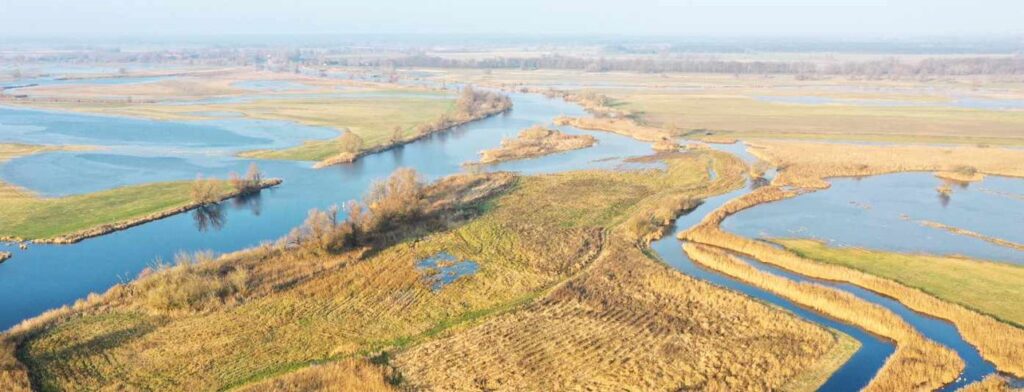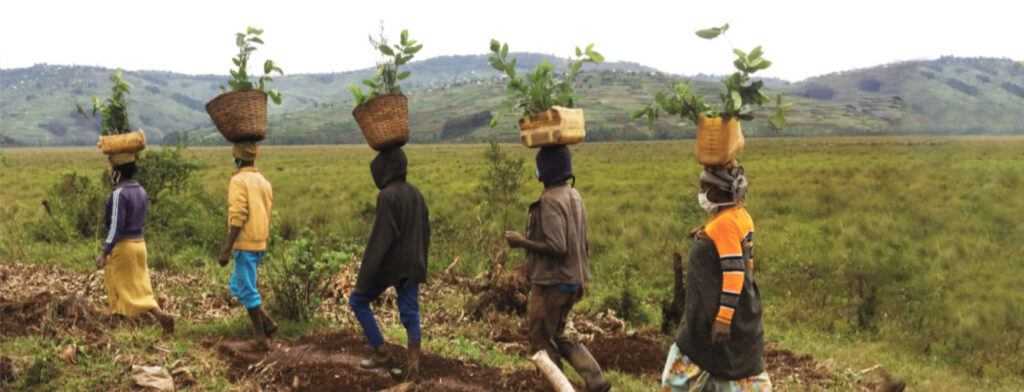Alluvial forest in Havelland

The Lower Havel is one of the most important wetlands in Europe. For decades, it has been straightened, dyked, wet meadows have been drained and side arms removed. This resulted in the loss of habitat for countless species. Nevertheless, it is still a unique fauna and flora in Central Europe with about 1,000 endangered and protected species living here.
Since 2005, NABU has been in charge of the largest river restoration project in Europe. Among other things, the Naturschutzbund Deutschland (NABU) ensures the dismantling of stone bank reinforcements, the removal of dikes and the connection of oxbow lakes. In addition, floodplain areas and wetlands are secured and new floodplain forest is planted.
With a sum of 50,000 euros, the Daniel Schlegel Umweltstiftung has made it possible to reforest five hectares of floodplain forest. 5,500 trees were planted along the “Salzhavel” meadows, on the Gülper Havel and on a foreshore south of Parey. These include around 3,500 willow species such as almond willow, purple willow, salt willow, eared willow and some black alder, as well as fluttering elms, field elms, ash trees, European hornbeams, English oaks and wild apple trees.
The measures will make previously inaccessible areas of the banks and water sections habitable again for plants and animals. In addition, improved natural dynamics of the water will form various structures such as reed fringes, sandbanks, break-off edges and the like. The floodplains are regularly flooded again. The optimised conditions create important habitats so that many animal species are now returning.






